The Complete Guide on Voice API for Developers
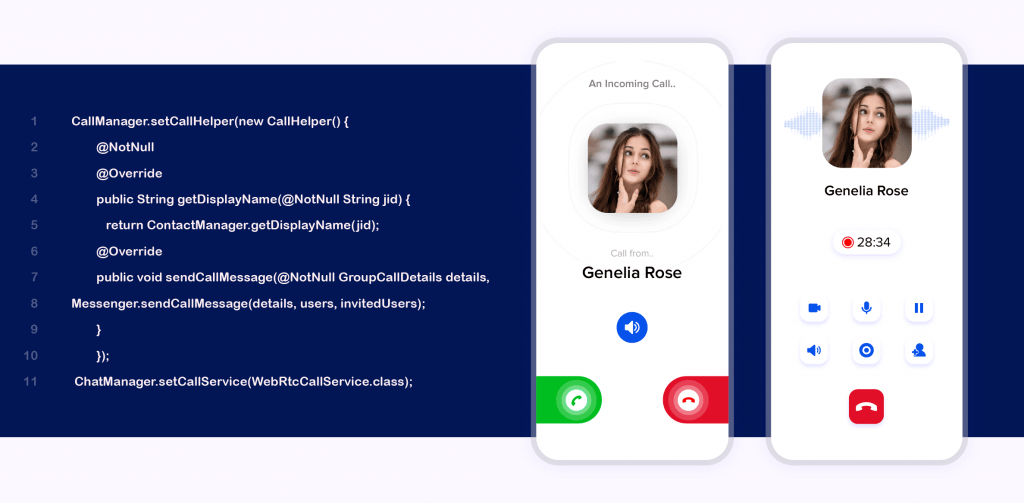
“The quality of your communication determines the size of your result.” – Meir Ezra
Where the world is migrating to new technology in real-time communication, voice calling has modernized its presence with better features for voice API for developers to connect their users anytime, anywhere.
By making a global shift these voice calling APIs have stepped towards unified communication in all kinds of leading industries. This has in-turn grabbed the attention of the skilled developers to go for a try to build their own voice chat app.
This is the post for these thriving developers to get into an in-depth study with guidance over these real-time communication voice APIs to build their voice communication app.
So, let’s dive in and know more about..
Table of Contents
What is Voice API?
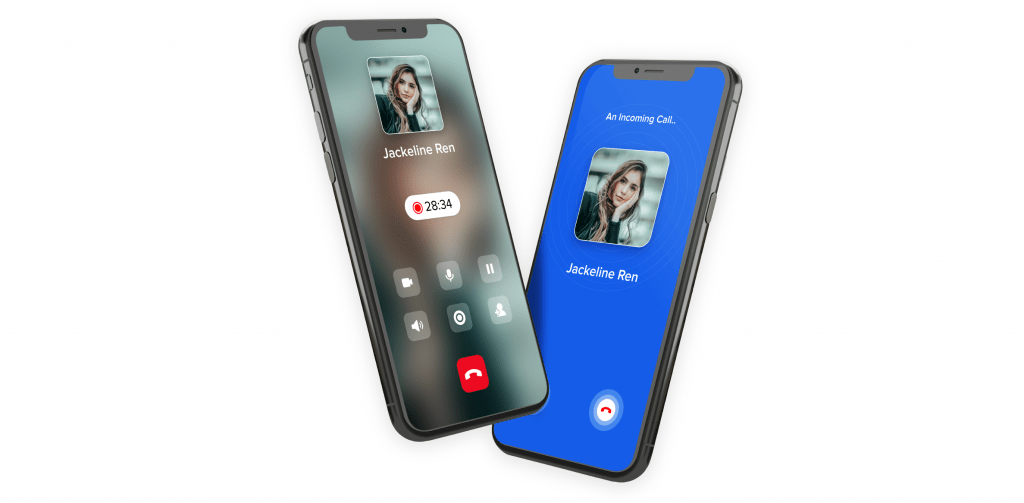
Now that you have understood the functionality of the Voice APIs, let’s get into an in-depth step to discuss the functionality of Voice APIs.
A voice API is used to dial and receives phone calls by connecting through internet-based applications to the PSTN (Public Switched Telephone Network).
The main benefit of a voice API for developers is that they won’t need the telecoms expertise to build voice applications. The voice chat API system will execute all the telephonic functions, so that the developers can concentrate on cultivating an engaging customer experience. Voice call APIs are also highly configurable, scalable easily, consumable, and extremely cost effective as well.
In short, a voice call API allows the application to programmatically dial, receive and manage the calls without interfacing directly to the PSTN. Voice chat API for developers can also be used to route voice calls with global connections through phones, mobile applications, browsers, and SIP domains.
A programmable voice API can leverage any workforce application with embedded collaboration or communication requirements. Consequently, in recent years there’s been an outburst in the use-cases for embeddable communication APIs.
Common Use Cases For Programmable Voice APIs for Developers
To name a few, voice call APIs provide a diverse range of use-cases, comprising cloud-based IVRs, call tracking solutions, Artificial Intelligence, contact center and UCaaS platforms, omni-channel routing, alerts and voice notifications.
5 Key Benefits of In-App Voice For Developers
- “One of the key benefits of voice APIs is that they are configurable and can enable businesses to gradually build upon themselves to serve the needs of their customers, instead of barring them into a single solution, ” as per a recent article in Digitalist Magazine about the CPaaS Revolution.
- By using APIs businesses can also prolong the value of their prevailing solutions to add voice or messaging competences to the legacy software.
- APIs are easily consumable too and it denotes that businesses can make use of them to enhance their customer experience, while also reducing their operational costs using APIs.
- To better meet the needs of today’s businesses, customers and end-users, companies of all sizes can rely on the omni-channel communications capabilities and also embed security into their applications.
- 55% of enterprises claim that API integration is crucial to their business strategy and IDC foresees that 30 percent of businesses will embed their communications through APIs by the end of 2021, according to Cloud Elements API integration report.
What are the 5 Top Features of Voice Call API?
Voice APIs varies from different genres like the basic APIs to the incredibly feature-rich APIs. The most basic of the call APIs is that the flow starts with the ability to claim threads of text and collect DTMF keyboard input. Voice call APIs can be mostly used to create record calls, outbound calls and manage conferences.
However, the best voice API contains an array of features that is inherited by developers to establish a more responsive engagements for customers.
5 Features of Voice API For Developers
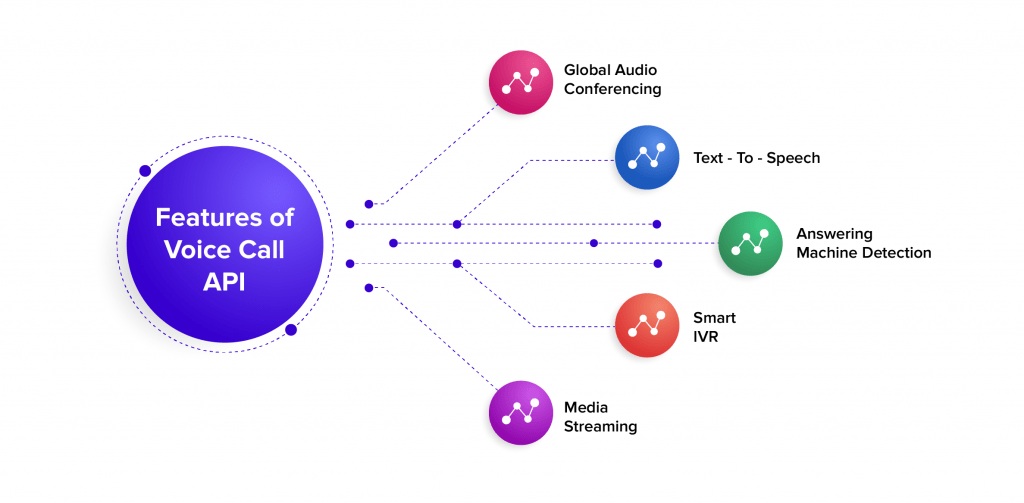
1. Audio Conferencing
Audio conferencing can be embedded using the voice API into your applications. To connect people and teams globally, the API enables your application, with a highly configurable action.
For instance, you can identify the hosts that control the global conference performance, when participants join and leave play sounds too, define a length of time after that the conference automatically ends, hold and uphold participants, mute or unmute, and much more.
2. Media Streaming
To deliver calls while simultaneously, media streaming will enable your application by duplicating call media to various recipients. The Mirrorfly voice API takes the call media and forks it, the moment the call is established. Call media can be delivered, analysed, duplicated and returned in real-time. And the second recipient will never occupy the call stream, thus you don’t have to worry about tainted quality or dropped networks. You can build next-gen features into your application using media streaming, like conversational AI, Sentiment Analysis vs Text Analytics, call transcriptions, fraud detection and voice biometrics.
3. Text-To-Speech
TTS or Text-to-speech is a form of speech combination that alters text into speech output. Firstly, it’s a feature of accessibility for customers with infirmities that marks automated customer service systems operational.
Yet, customers who don’t need text-to-speech for accessibility often prefer text-to-speech options so that it’s easier to interact with your IVR on the go. Many voice APIs incorporate text-to-speech technology for this reason and the voice chat app allows you to speak dynamic text in several languages with accents.
4. Smart IVR
To build a multi-level IVR to intelligently route your call flows, a voice API is used. Smart IVR capabilities help the users to handle simple customer service tasks without the aid of a human representative. It has enough menu options that ake is interactive and enables you to build a customer-first IVR that controls:
- Omni-channel experiences
- Text-to-speech capabilities
- AI technologies
- Call recording
- Intelligent call routing
Therefore, the Mirrorfly voice API is preferably appropriate to construct the smart IVR systems.
5. AMD Or Answering Machine Detection
AMD lets the users to see whether a call has been responded by a machine or a human, so that it tailors the user experience consequently.
Following up on potential leads, collecting information via voice surveys or providing customers with critical updates are the outbound calling use-cases where Answering Machine Detection is particularly important.
When the outbound call is answered by a machine, the user can avoid connecting an agent unnecessarily and when the greeting ends, the user can leave a broad message rather than annoying customers with half-baked messages left in the voicemail.
What Makes A Good Voice Chat API?
A good API is one that’s easy to build with irrespective of its importance in voice chat API that offers flexibility and control to customize user experience as per their specific needs.
1. SDKs And Robust Documentation
SDKs or (Software Development Kits) are a set of tools for software development in one package used for integration. It is designed for specific platforms or programming languages to be used and create building applications that has a far more efficient process, demanding less development resources.
A good voice API provider must provide the SDKs in specific programming languages such as the React Native, Python, .NET, Node, Ruby, Kotlin, and PHP etc., With these API packages, you can easily integrate the voice API that results in a quicker market process required for your application
The same applies for developer documentation as the voice API provider must create a robust documentation to protect a variety of use cases like the tutorials, quickstart guides, and product overviews to make sure developers can build voice app in the way they want quickly and easily.
Recommended Reading
2. Developer Support
No matter what, your voice API provider must offer a solid technical support i.e. ideally 24/7 with no extra cost. Since most of the integrations are complicated, very less are simple, it’s incredibly important to have a technical assistance. However, its, impossible to predict when you’re going to need that technical support to move the project forward.
How Does Voice API Works?
MirrorFly voice APIs has been designed as a set of REST APIs that enables the developers to have a control over the call flow, starting from making, receiving and monitoring calls to the moment the call gets terminated anytime regardless of geographical location. It provides easy-to-implement APIs that can integrate Voice-over-IP (VoIP), and SIP calling directly into the iOS, Android or web app for video chat using your preferred programming language.
MirrorFly opens up the ways for the developers to implement voice-based capabilities in their application that includes,
- Make, receive, or bridge calls
- Route the voice calls to phone, browser or mobile application
MirrorFly provides REST APIs to
- Make, Accept/reject any incoming call
- Modify a call that’s in process
- Query the ongoing call details
MirrorFly provides the communication to the voice application through the secure webHook enabled by the REST APIs or configured from the portal.
How Scalable Is MirrorFly Voice API?
The CONTUS MirrorFly voice API infrastructure scales on-demand that enables customers to establish voice connectivity promptly with virtually unlimited capacity.
With MirrorFly, you can build and scale the configurable voice applications in minutes with any type of voice app like the unified communication software, call tracking and call recording software, contact center software and anything that involves voice connectivity.
Conclusion
CONTUS MirrorFly is a company of tech-savvy developers who built a voice API that puts the developer experience first and is solely built for global connections for enterprise-grade customers.
MirrorFly’s API consists of different APIs that allows you to perform activities like translate text with double tap, provide VoIP telecom services, and finally to add voice and video call functionalities to your website or mobile app. The APIs delivers good documentation that help you to kickstart your voice API project instantly.
In addition to that, MirrorFly’s APIs and SDKs help you to add features like chat, voice, and video to your web applications and mobile devices promptly to improve customer interaction and service.
The versatility of MirrorFly includes reliability and stability, adds mobile screen sharing, and enhances recording functionality.
Related Articles

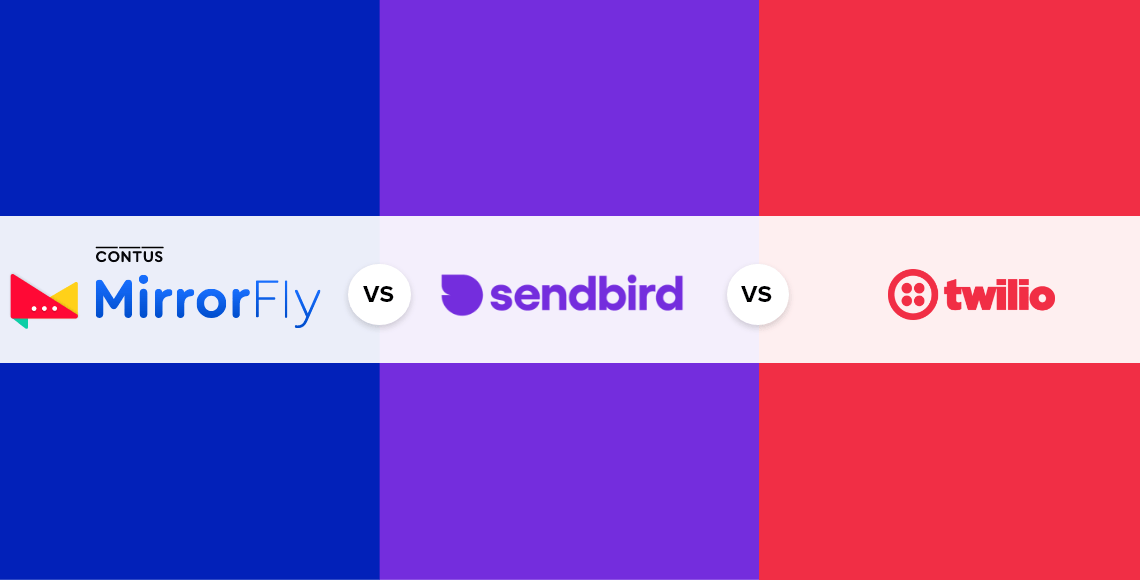
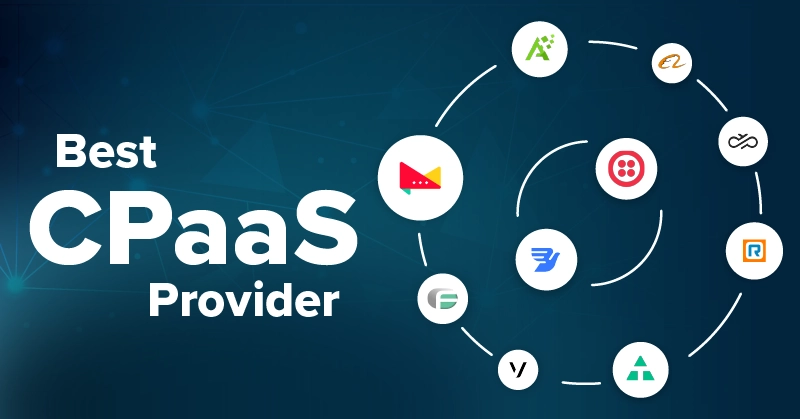
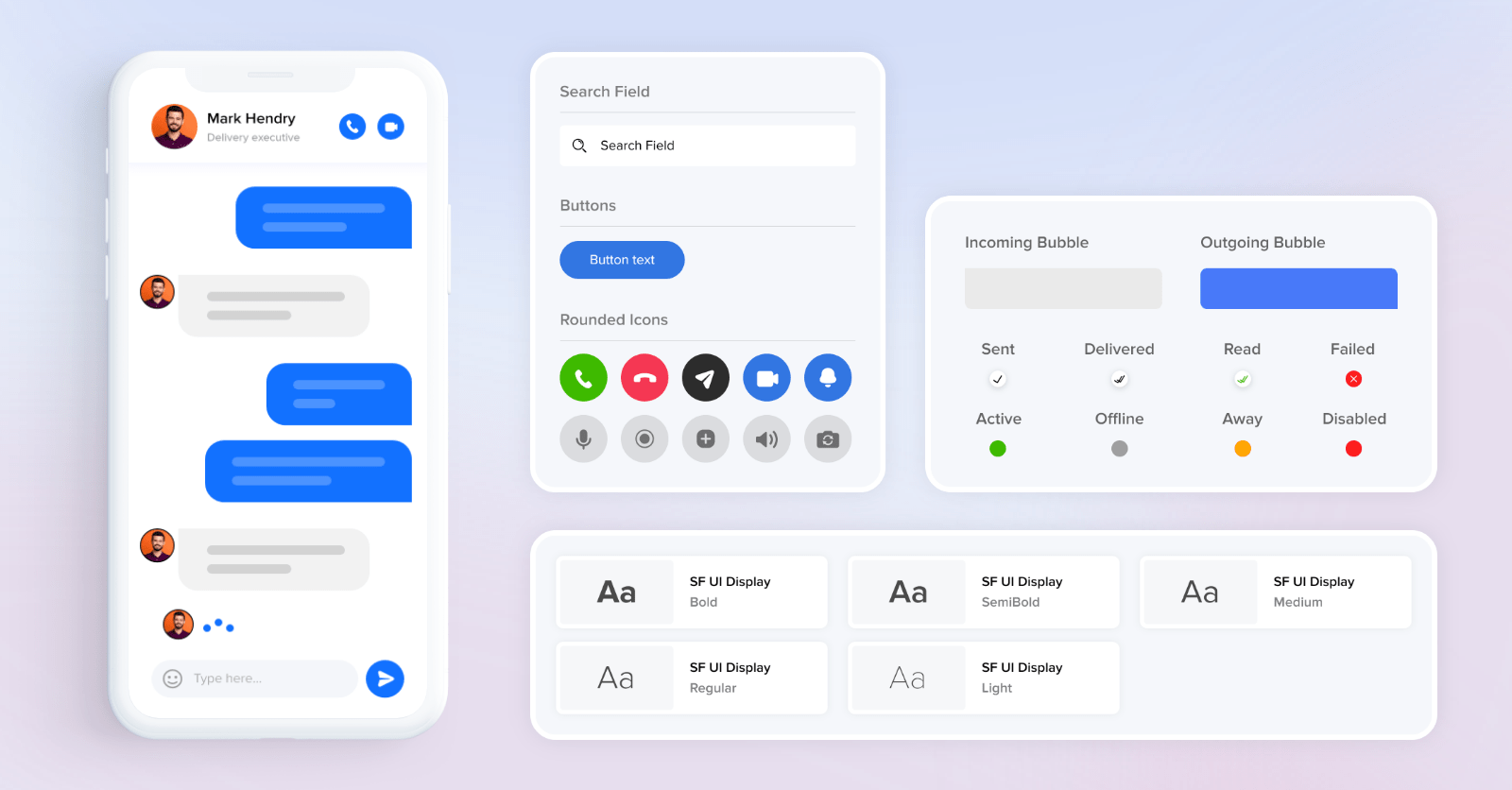
Hi, I want a demo about your voice chat app products to make my voice chat app for education (Both Android and iOS)
Hello William, Of course you can make use of our voice chat API and SDK’s demo version to have a better clarity with our solution before proceeding with your education project. Kindly, contact our team to proceed with the access and further process. Thank you!
Our company is looking for a voice call api and sdk for building a chat app. Do you have any sample?
Of course Swizan, we do provide a demo version for our voice call API and SDK to have check with before proceeding further. To have this demo version, you can contact our team to get access. All the best!
Hi, I have a few questions about your voice Chat API & SDK and would like to set up a call to discuss your solution in more detail. Send me the voice call features details to my email id. Regards, Besky
I need to integration your voice calling api on my ios app. i want to know the details on how many users maximum allowed and pricing.
I have to build a voice chat app for my android and ios app for my healthcare project. Do you have any demo project.
Hi, we want to develop a voice chat app that will have the ability to make audio/video calls, can you provide me a list of prices?
I would like to have a demo of voice calling api for ios and web. Kindly contact me in my email
We are a product based company. We are having a website build in python. Is your application can be embedded into our website? May i know the price details. Thanks
Hi, I want to build a chat app with voice and video call features, I’d like to watch a demo version on how we can integrate your voice chat api to our app on both android and ios.
Hi, i have my own voice chat app for my online business. Let me know for One to one, group call and other voice call solution and what the time will be taken. Is there any demo project do you have? Thanks
Hi Sridharan, yeah we have voice chat for all niches, also have a one-to-one and group call solutions, you can integrate you voice call solution with 10minutes and you check with our request demo option to integrate audio call solution